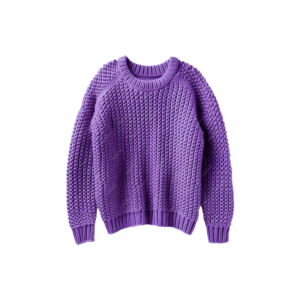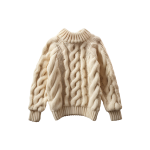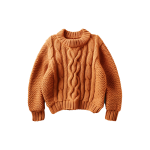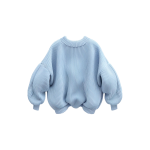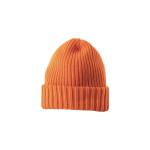Many pet owners fall into the trap of “focusing only on appearance rather than practicality” when choosing pet clothing, which leaves their furry companions feeling uncomfortable and constantly resisting wearing the clothes. In fact, selecting the right pet clothing is simple – just remember these “3 core principles”:
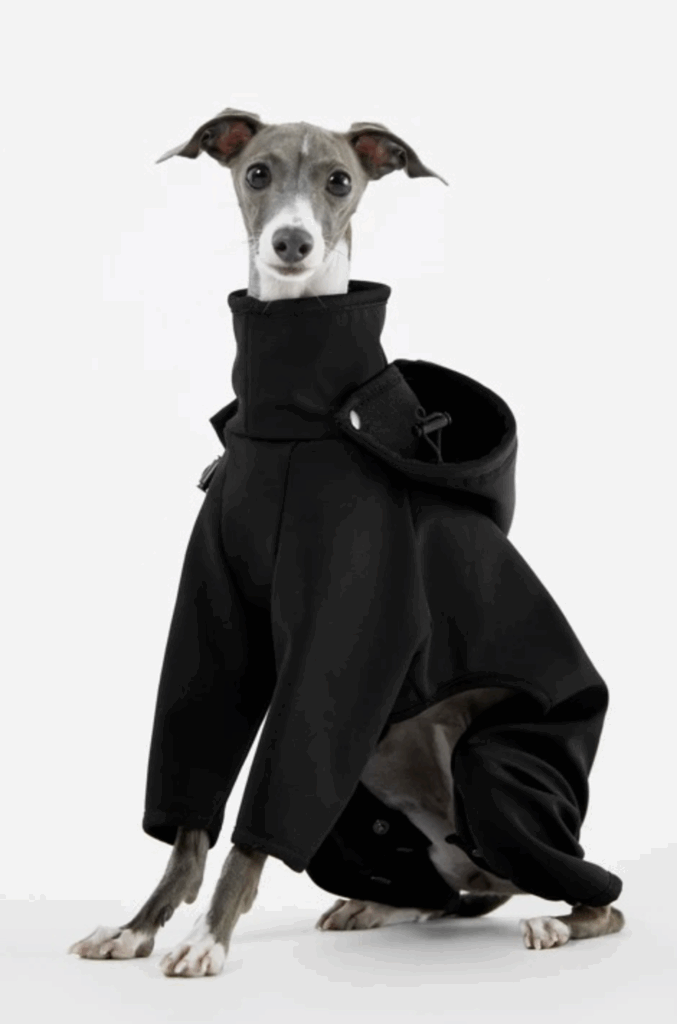
1. Choose the Exact Size Based on Body Type to Avoid “Tight Fitting” or “Baggy Fabric”
Before selecting a size, you must measure three key dimensions of your pet: chest circumference, back length, and neck circumference (Measurement method: Wrap the tape measure around the widest part of the chest for chest circumference; measure from the base of the neck to the root of the tail for back length). Then refer to the merchant’s size chart to make your choice. Pay special attention to the following:
- For small dogs (e.g., Poodles, Bichon Frises): Avoid overly tight clothing, as it may compress the chest cavity and affect breathing.
- For medium to large dogs (e.g., Golden Retrievers, Samoyeds): Prioritise elastic fabrics, which allow for easy movement and are less likely to tear.
- For cats: Choose clothing with “loose openings for the front legs” to avoid restricting their ability to jump and groom themselves.
2. Select Functions Based on Scenarios – Reject a “One-Size-Fits-All” Approach
Different scenarios require pet clothing with different functions; buying blindly just because a style is trendy will only lead to unused items piling up. Here’s how to choose:
- Winter and autumn warmth: Prioritise materials like fleece-lined cotton and polar fleece – they offer strong warmth retention and are skin-friendly, making them suitable for environments with large temperature differences between indoor and outdoor spaces. For outdoor walks, you can pair this with a waterproof vest to prevent fur from getting wet in rain or snow.
- Summer cooling: Opt for materials such as ice silk and breathable mesh fabric to prevent your pet from overheating. You can also pair this with a sun-protective jacket to shield them from UV rays.
- Special needs: For post-surgery recovery, choose “elasticated protective clothing” to stop your pet from scratching their wound. During shedding seasons, select “full-coverage clothing” to reduce loose fur around your home.
3. Avoid These “Unsafe Designs”
Low-quality pet clothing may pose safety hazards. When making a purchase, be sure to check for the following:
- Avoid clothing with small decorative elements (e.g., sequins, small buttons), as these could be accidentally ingested by your pet.
- Necklines and cuffs should not be too tight, as this may irritate your pet’s skin or affect blood circulation.
- Check that the stitching is secure to prevent loose threads from being swallowed by your pet.

